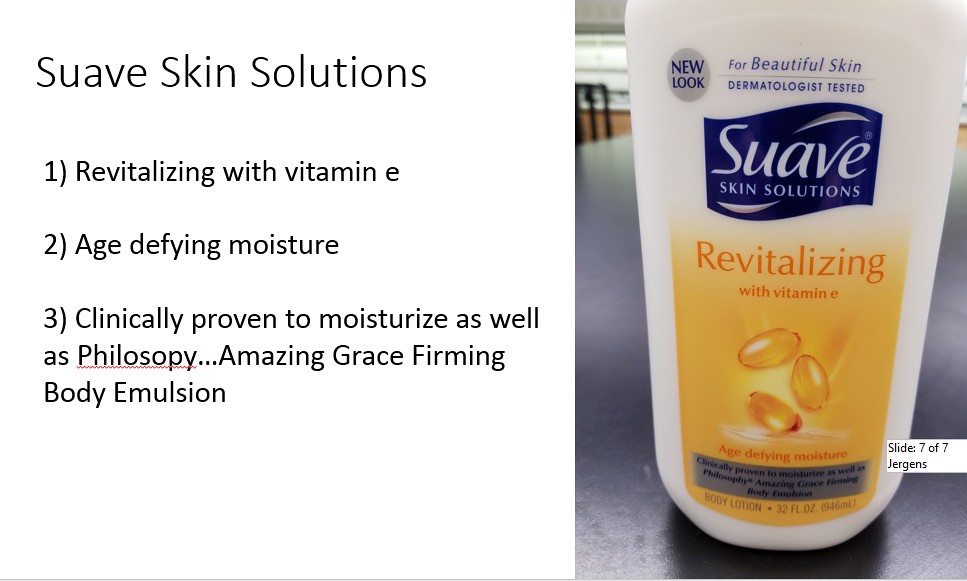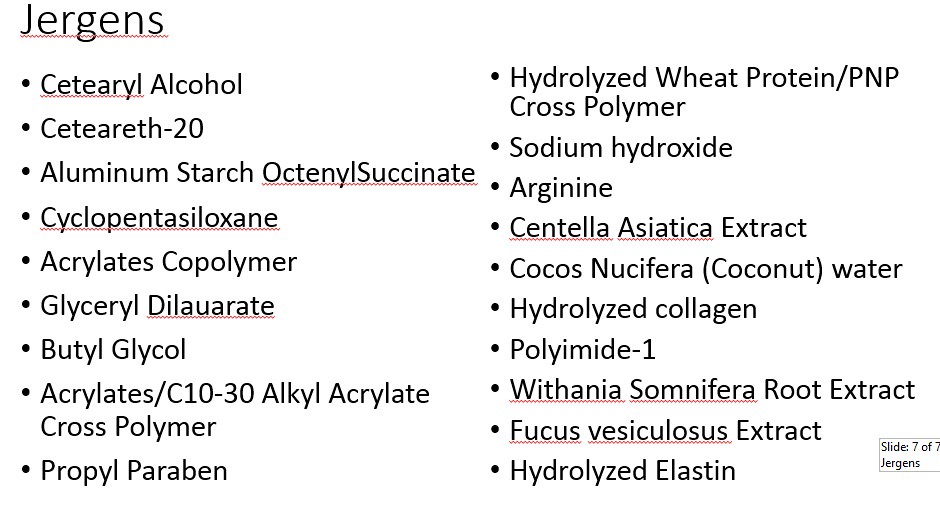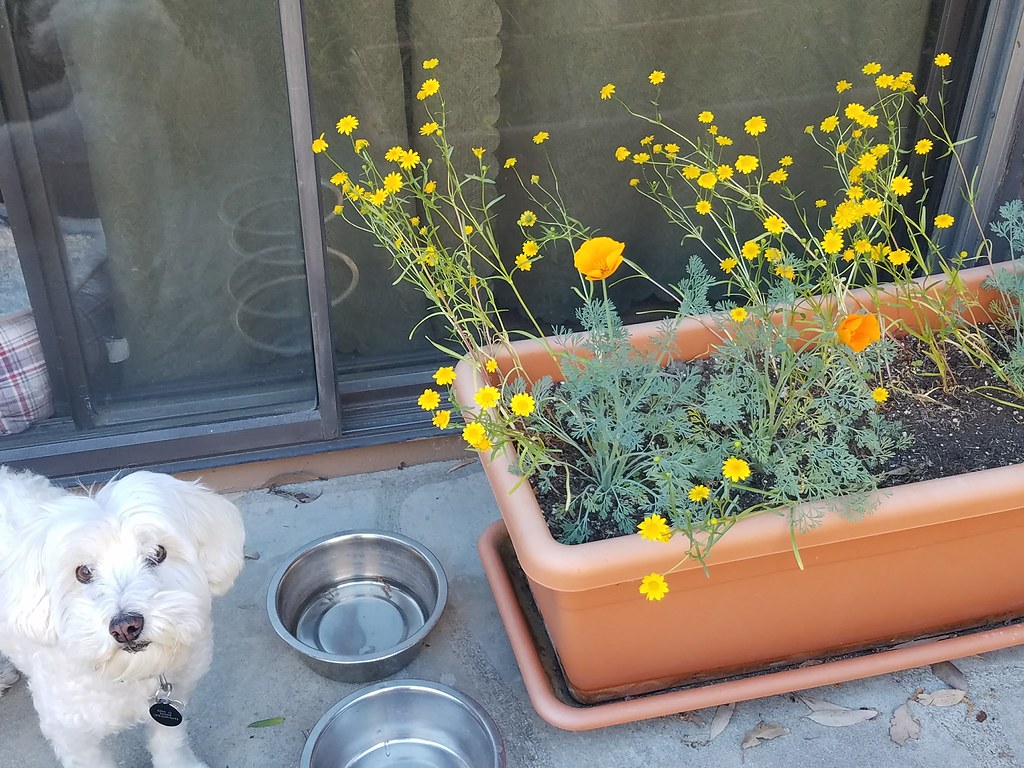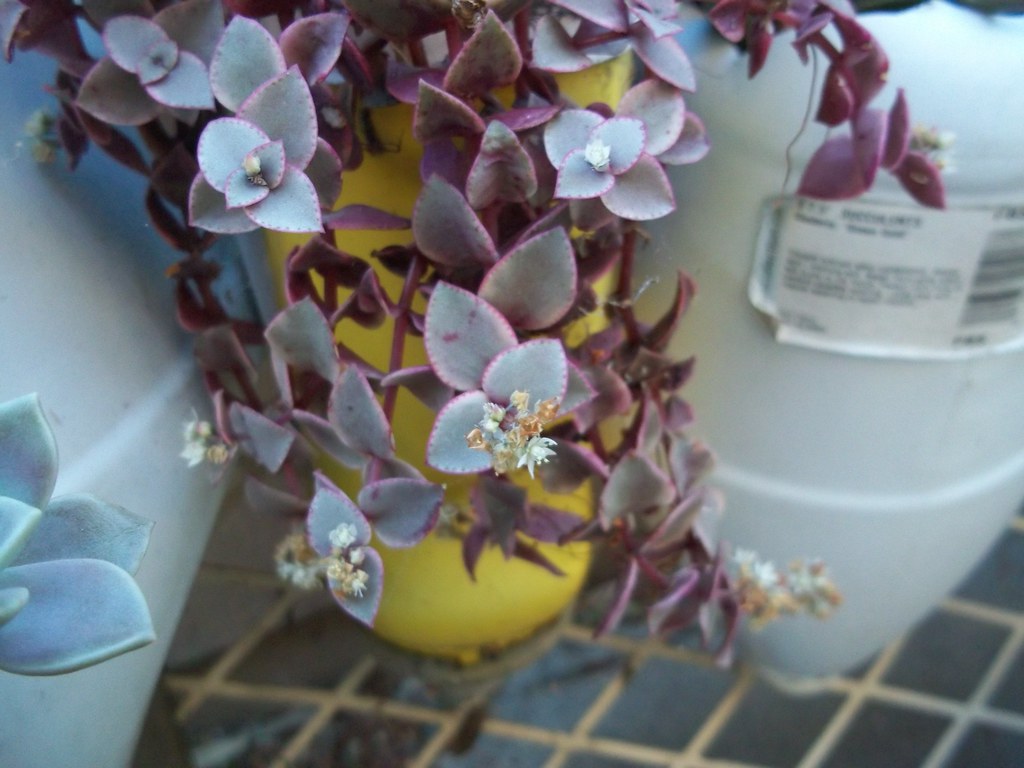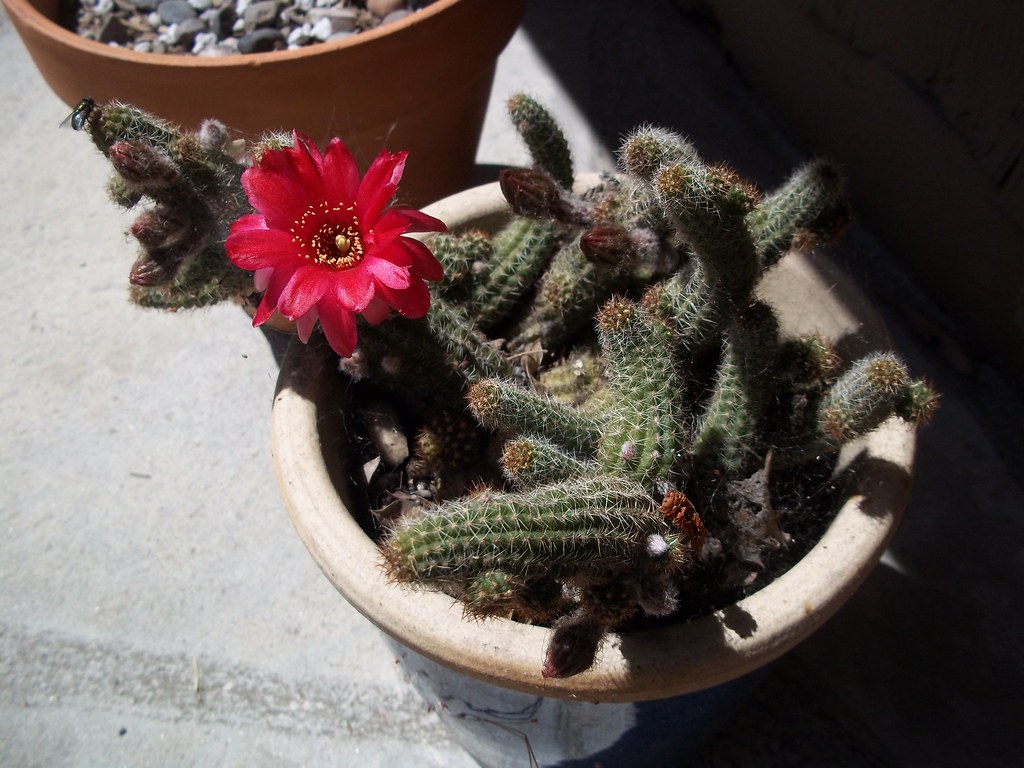This semester has been one hell of a deal for our household. Kayla took on a tremendous task which involved cooking for 24 students twice a week. In addition, she was teaching a couple of classes at Pasadena City College two nights a week. What a hectic schedule? In the 10 years of our marriage, I have thought that I had seen her wear herself out. This semester was the semester to kick her rear end. How do I know – she asked one day over lunch? There were subtle signs.
For instance, on the weekends, she usually is up early making coffee and ready to achieve around 20 tasks throughout the day. On more than one occasion, I noticed her sleeping past 10 am which is highly unusual for her. Secondly, she had to remain on task to a large degree which meant that we as a couple had to minimize what extracurricular activities that we could commit to in the future following each week. I had a challenging semester without constantly being around Kayla. If you recall, both Kayla and I work at California State University at Northridge (CSUN) in the Chemistry/Biochemistry Department. I am an instrument manager while Kayla teaches general chemistry along with upper division lab classes.
Working Two Jobs at Two Different Schools?
This semester Kayla asked me how I felt if she worked at two different schools – Pasadena City College and CSUN. The reason why she even asked was to be considerate as a partner sharing a household. Which was super thoughtful of her. I always want to support her career advancement opportunities. The only question that I had was the following: Are you going to burn yourself out with so many classes? Not to mention the extra task of cooking for 24 students twice a week – which I will explain shortly. I am just trying to look out for her health. Sometimes a person gets very ambitious in their career goals that the possibility of ‘running themselves (health wise) is clouded by success.’ She agreed to dial back on commitments if they were too much at any time. I knew that the comment was genuine but not going to happen. Therefore, I decided to let her work herself into the ground and then she will eventually learn to pace herself. I was not looking forward to watching her do that, but these are lessons which each of us have to learn at one point in our lives.
With this in mind, I was able to have a large amount of “me time” this semester. Part of the alone time was with her cooking away in the kitchen while I read in another room. I will explain why I did not participate shortly. While the other part of the alone time was when she was physically at the College Teaching on Tuesday and Thursday nights. Part of the loneliness was stressful, since I knew that when she arrived home each Tuesday and Thursday, I would be in bed already. Going to bed with your spouse already in bed is difficult at times. The same occurs when one spouse has work early in the morning and leave a spouse is sleeping. Which has occurred over the years to each of us at times.
The point I am trying to convey to a large extent was that having time to myself was not necessarily ‘leisurely’. I chose to read as much as I could which was a great improvement for me. I have probably read more books this year than total in my life before 20 years old. I used to be confined mainly to the great outdoors since we had wonderful weather and my parents agreed that no child should sit idle in front of the television and waste time. Go outdoors release endorphins by physical activity. Look and absorb nature and get some vitamin D while you are at it. That was my impression of childhood in Southern California.
Learning to be comfortable with being alone is both interesting and challenging at times. How many times have you caught yourself wondering or thinking the following thought during challenging times at work… “If I only had some free time, I would totally spend or accomplish___?” Yep, we are all victims of that thought at one time or another. Yet, when the time comes to “pamper” or have alone time, we choose to spend the time thinking of the other person or future goals – to name a few. My thoughts and reasons are not necessarily bad. I just believe that I have overcome anxiety of accomplishing goals by actually setting out and achieving my hobbies during any alone time. This was a success for me. Typically, I am a ‘people pleaser’ and have a difficult time having time to myself. Not that I did not struggle a bit this semester. I just made more progress than last semester. I needed the time alone to realize or ask myself – do I really want to have this hobby or read that book? Yes, and I did.
Cooking for 24 Students Twice A Week:
As I mentioned above, earlier in the semester, Kayla took on a monumental task of cooking for each of her students twice a week. What did this entail? She had a class of 24 students. On the first day, she decided to give them an assignment (homework) to go and write down their favorite meal – the recipe. When the students returned to class the next meeting, she informed them that she would cook a meal for each class. What? Yep, you read correctly. The intention was to expand her cooking abilities, but more importantly, connect with the students on a more personal level. By sharing a meal, humans form a special bond. Kayla decided that no meal (holiday meal or not) was too challenging for her to prepare.
I should back up a bit and tell you about a time when Kayla reached the end of her cooking spree – early on in our marriage. We were in graduate school together when we met. We dated for around a year before we got married. Anyways, we lived together early on and would have friends over to eat. We would laugh and eat a meal which took hours to prepare for a few graduate students (5-10 students). Over time, we realized that two rules needed to made and followed in the years to come:
1) Don’t complain about dishes in the sink, if you are not willing to clean them yourself.
2) Don’t agree to have a meal with guests if you are not willing to participate in the cooking.
3) Don’t agree to host a meal without consulting your partner first.
Over the years, these three rules have been enforced to minimize any argument or resentments which might arise. Plus, when each person agrees to a task, the task is more enjoyable to carry out. Right about now, you may be wondering what the relevance the three rules are to the current semester. Well, let me explain.
Kayla came home from the first class with her 24 students and announced her brilliant assignment to me. I asked her why she decided to take on this monumental task. She stated the intentions of ‘connecting with the students through food’ as mentioned above. Additionally, she said learning all of the meals would be great for us. I reminded her of the 3 rules which we had agreed upon above regarding promising meals to guests. She said that she would cook all of the meals by herself. Fine, lets see that happen – was my initial thought. This led to another achievement on my part – or personal growth. My control issues.
The first meal took around 6 hours to cook. From around 5 pm til 11 pm. I was trying to read in the living room to practice “disconnecting” or not controlling the situation. Over the course of the semester, I had achieved a milestone in my life – which was to let her do her thing. Let her do the work. I know that might sound selfish at first. But remember, as a “people pleaser” I am constantly trying to help others and have no time for myself. On top of no time for myself, I tend to get in the way of progress by trying help. I decided that this time, I was going to let go and try to read and not bother her while she was cooking. This I must admit was difficult in the beginning – but became increasingly easier as I made small achievements over time. To be honest, had she asked me to help, I might have helped – just kidding, I would have. While reminding her of the 3 rules – what a husband I am – LOL. By the way, all of the recipes are available on our Tumblr website – here. Enjoy!!
Conclusion…
The process of change takes time. Just like the idea of ‘control’ manifests itself in many forms. When Kayla was teaching at night I would wonder how her class was going. A form of control – really? The act of “letting go” and achieving your own goals is difficult. Although, as I learned over the course of this semester, each week is a new opportunity to work on achieving goals not yet accomplished. Furthermore, the students at CSUN had a few wonderful meals throughout the semester. Kayla was able to challenge herself in terms of career advancement and on a personal level by learning new recipes. She does genuinely love to cook. I like to cook the same thing – Macaroni and Cheese. That gets old each night. Therefore, I am in training learning to expand my horizons in the kitchen. I admit that I am a huge work in progress. The semester has been difficult. But who ever said that personal growth would occur without effort.
Luckily, we are headed for the holidays. Which means that work will come to a temporary halt for vacation. Thank goodness for the time off. We will use the time to ‘recharge our batteries’. I hope that each of you have a safe set of holidays and I look forward to returning to blogging about cosmetic products and my mental growth in 2018. Happy Holidays!
Until next time, have a great day!!!




